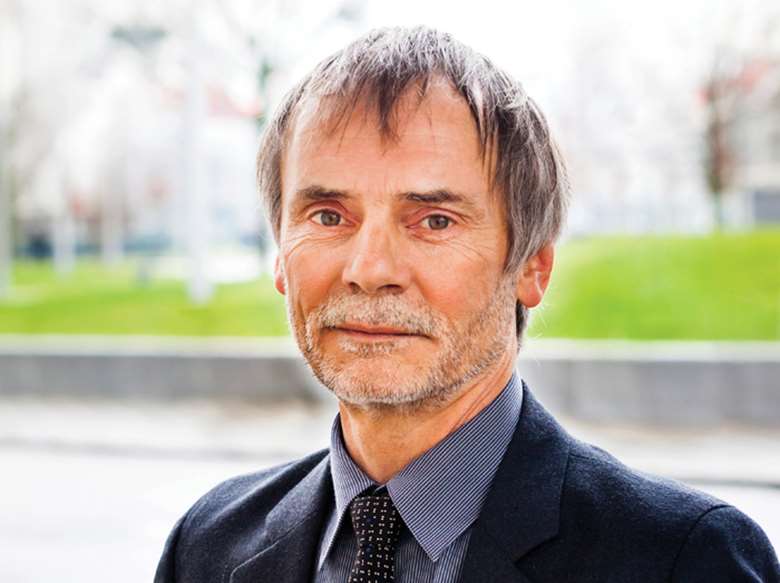Make permanency work for older children
Andrew Webb
Tuesday, January 26, 2021
The latest Covid-19 arrangements will have long-term impacts on many of our most vulnerable children, not least those who have entered the care system during the last year.

The emerging data suggests that the number of children becoming looked after will continue to rise and the proportion settled in a permanent home will continue to fall. As ever, the headline figures will mask variation in performance and will often hide beacons of excellence within areas that are otherwise struggling. The reasons for these variations are multi-dimensional and complex and will be considered as part of the government’s Care Review, but even if Josh MacAlister manages to report in a timely fashion, and makes positive recommendations about permanence, changes to practice will inevitably lag behind. So, on behalf of those children who the system is already failing, we need to create a climate which will be ready to support change.
Events are conspiring to reverse the gains made in speed of decision-making in the family courts, and I worry about a system that has become sluggish turning into one in which drift is endemic and children’s assessed needs have moved on so much by the time they are considered for permanence that the matching process is seriously undermined. Social workers engaged in care planning, the courts, and agencies involved in making permanent placements need to be doing the groundwork for the Care Review now, if delay is not going to damage children already in our care system, particularly older children who we have historically struggled to place.
I recently watched a short clip of a 13-year-old explaining what he needed from a permanent home. To paraphrase, in order to preserve his sense of himself, he needed an acknowledgment of his history, with the potential to maintain key kinship relationships, but in a family that was not threatened by his past. Looking at the UK data, the chances of this boy being adopted would be very slight; yet the international evidence suggests this is more a local system failure than a consequence of a law of nature. In parts of the US, for example, the combination of elements such as highly targeted recruitment based on children telling their own story; a guarantee of mediated contact with a child’s wider birth family; mentoring and ongoing parenting support to adopters; and a holistic approach to child development and identity have proved that adoption of older children is possible. It has taken a paradigm shift, and it is relatively small scale, but it has led to the development of expertise in managing “open” post-adoption contact arrangements that help children maintain a sense of membership of more than one family, with support in coping with the conflict this engenders.
Adopting best practice from the UK and around the world can make permanency work for older children. Our system needs to come together and champion change: we must not continue to fail the children who wait.
- Andrew Webb is independent chair of the Consortium of Voluntary Adoption Agencies




